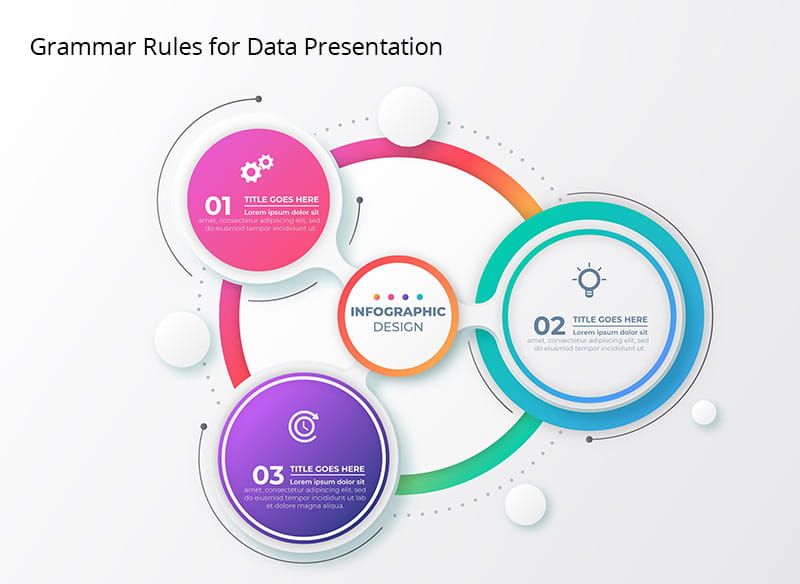Exploring the Grammar of Data Visualization for an Enhanced Customer Experience | Part3
In the fast-paced digital landscape, data visualization stands as a cornerstone of effective communication and decision-making. Businesses, analysts, and researchers rely on it to distill complex information into digestible insights. However, mastering the art of data visualization is no small feat. In this chapter we will understand data visualization best practices, explore the tools at your disposal, and understand the grammar of data visualization in detail.
Components of Data Visualization

Effective data presentation involves following certain rules to ensure clarity and accuracy in your visualizations.
Proper Labeling
Always label your visualizations properly. This includes labeling axes, data points, and any other essential elements. Labels provide context and help viewers understand what they're looking at. Ambiguity in labeling can lead to misinterpretation.
Scaling and Axes
The choice of scale and the clarity of axes are critical. Ensure that your scales are appropriate for the data you're presenting. Misleading scales can distort the viewer's perception of the data. Clearly mark your axes to provide context and units of measurement.
Use of Legends
Legends are essential when you use complex visualizations. They clarify what each element or color represents in your visualization. Without a legend, viewers may struggle to understand the meaning behind the visual elements. With a solid understanding of visual grammar and presentation rules, you'll be better equipped to create visualizations that communicate your message effectively.
Storytelling Through Data Visualization
Creating a Narrative
Data visualization isn't just about displaying numbers; it's about telling a story with data. Here's how you can create a narrative through your visualizations:
